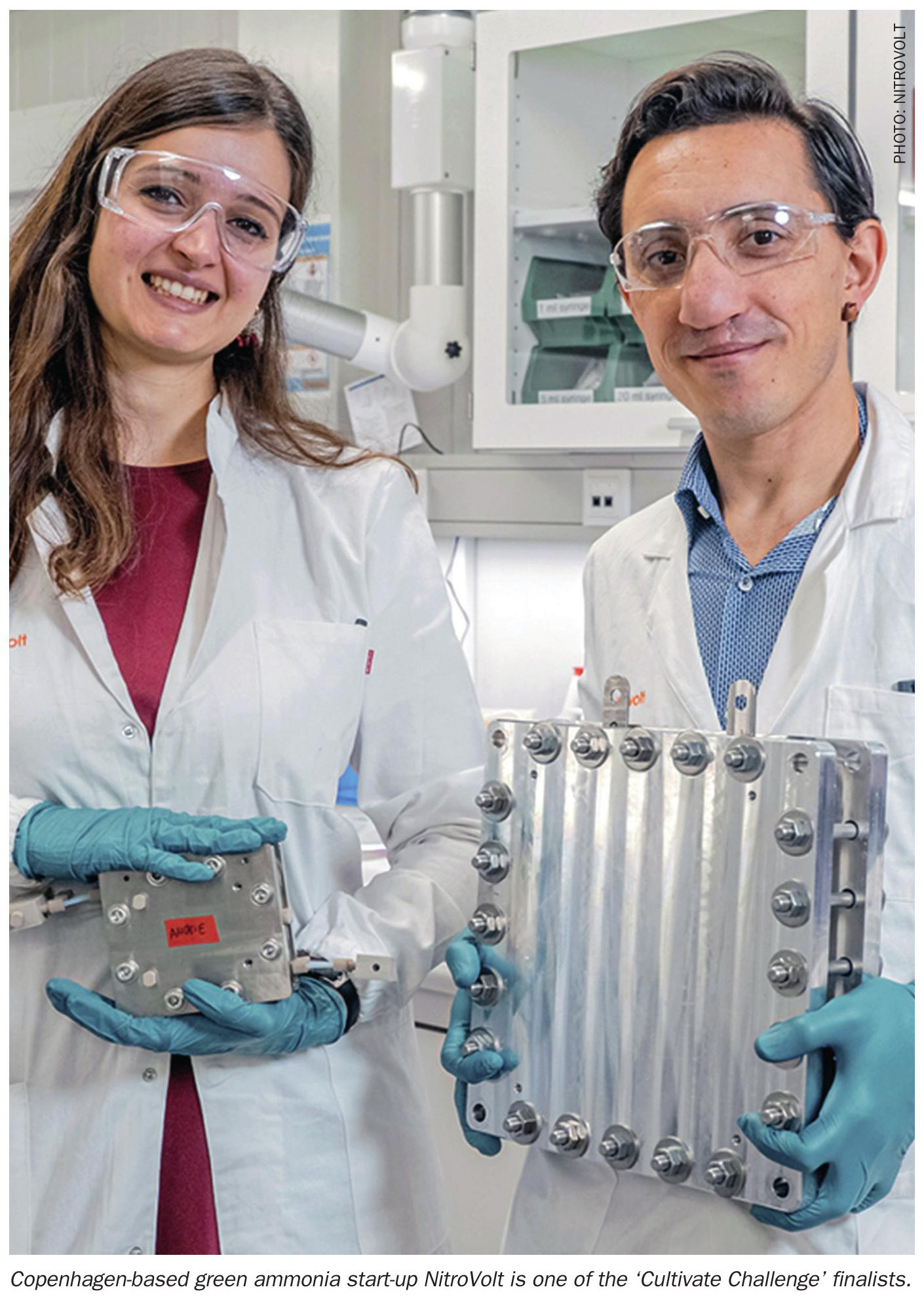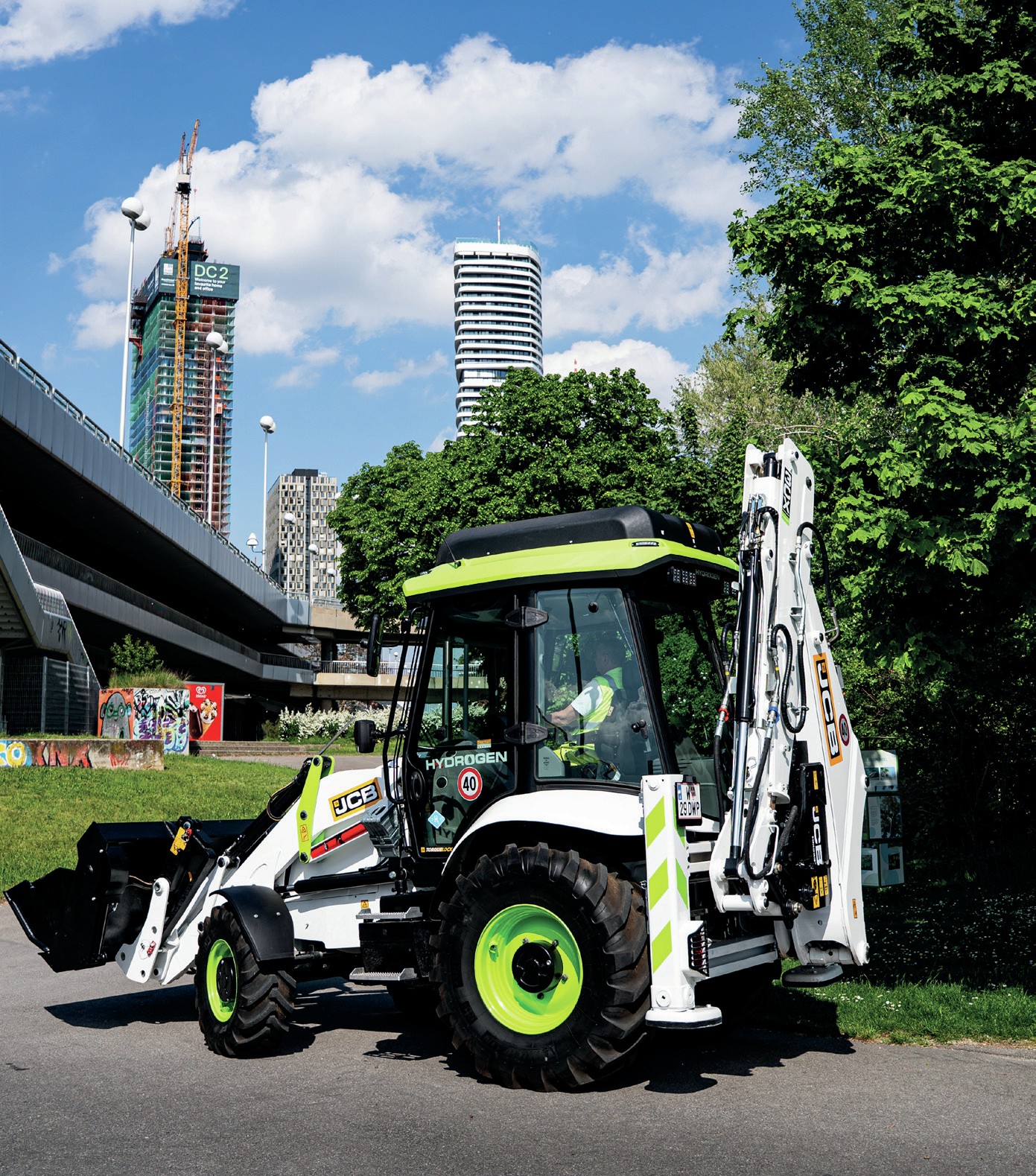Nitrogen+Syngas 398 Nov-Dec 2025

19 November 2025
Technology agreement for floating green ammonia production vessel
Swiss technology company ABB has signed a term sheet agreement with SwitcH2 to engineer and supply automation and electrification solutions for SwitcH2’s floating production, storage and offloading (FPSO) unit dedicated to producing green ammonia from green hydrogen, to support future demand for low-carbon marine fuels.
The FPSO facility will be built in the Netherlands and be stationed off the coast of Portugal, powered by certified renewable electricity from the national grid under a Power Purchase Agreement. It will feature a 300 MW electrolyser with the potential to produce sufficient hydrogen for up to 243,000 t/a of green ammonia.
“This collaboration represents a key step in advancing offshore production capabilities for next-generation marine fuels,” said Saskia Kunst, CEO of SwitcH2. “By integrating ABB’s advanced electrification and automation systems, we are demonstrating how technology-driven partnerships can accelerate innovation, shaping the future of energy at sea.”
The FPSO will use treated seawater to feed the electroysers and produce green hydrogen. This hydrogen will be combined with nitrogen extracted from the air to create green ammonia. Once synthesised, the ammonia will be condensed and stored onboard. It will then be transferred to carrier ships via a floating hose system for transport to ports where it can be used as a marine fuel or cracked back to hydrogen for industrial use.
“As with other hard-to-abate industries, we are committed to helping the marine sector operate leaner and cleaner. Our leading technologies in automation and electrification will enable this project to run with greater efficiently,” said Per Erik Holsten, President of ABB’s Energy Industries division. “Green ammonia offers a technically viable method for decarbonising marine transport, and this FPSO concept showcases how renewable energy can be leveraged to unlock low carbon energy value chains.”
Front-end engineering and design (FEED) work is expected to run until summer 2026, with a Final Investment Decision (FID) due by the third quarter of 2026. Detailed engineering and construction will then follow in 2027.





